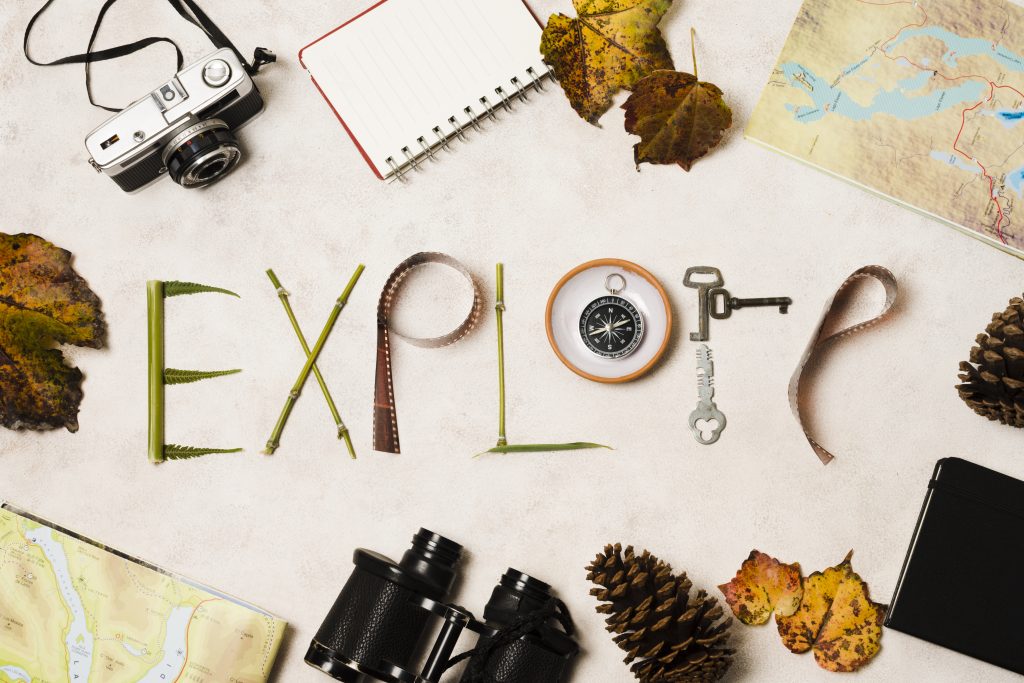In today’s fast-paced environment, learning how to use curiosity to escape creative ruts is emerging as a powerful trend in lifestyle and wellness. Facing creative blocks isn’t merely an aesthetic issue—it affects productivity, innovation, and mental health. Fortunately, research shows that curiosity can break you out of stagnant thinking, opening doors to fresh ideas and renewed energy.
This guide explains why curiosity works, how to activate it daily, and practical strategies to build a mindset that naturally counters creative slumps. If you’re seeking methods similar to those spotlighted by leading blogs, you’re in the right place.

Why Curiosity Matters More Than You Think
Curiosity isn’t just about asking questions—it’s the psychological fuel behind creative breakthroughs.
Curiosity correlates with creativity
A large preregistered study (N = 179) found that people who asked novel questions during a “Curiosity Q&A” task also performed better in creative tasks like generating unique uses for objects and solving analogies.
It’s more than self-reporting
Earlier meta‑analyses relied heavily on self-reported measures, but newer studies use objective performance outcomes. While correlations weaken slightly, curiosity still reliably predicts creative thinking.
Reciprocal reinforcement
Longitudinal findings show that moments of curiosity today boost tomorrow’s creative output—and vice versa . This cyclical boost offers a lasting escape from creative ruts.
What Happens When You Stop Optimizing Every Hour
Constantly optimizing every hour can lead to burnout and diminished creativity. Fully engaging imagination takes space and margin.
-
Restores mental bandwidth: Without the need to monitor your performance constantly, your brain can wander and form new connections.
-
Encourages curiosity: Time without pressure lets spontaneous interest resurface.
-
Supports unexpected insights: Many discover breakthroughs during “downtime” without conscious pressure.
Practical Steps: How to Use Curiosity to Escape Creative Ruts
Ready to act? Here’s a step-by-step guide to help you rekindle your curiosity and bypass creative blocks.
1. Ask three open-ended questions
-
Why does this challenge exist?
-
What if I reversed the problem?
-
How could this relate to a completely different field?
Asking novel, open-ended questions promotes exploration—and studies show it’s directly tied to creative performance.
2. Explore information gaps
When something puzzles you—say, why a feature works a certain way—pause and dig deeper. Even short bursts of “information foraging” can stimulate creativity.
3. Schedule micro-experiments
Dedicate 15 minutes to try anything new: an unusual tool, a different genre, or even doodling while brainstorming. Small experiments often spark big ideas.
4. Reframe criticism as curiosity
Next time you critique a project, ask: “What’s making me hesitate? What if I replaced it with something unexpected?” Reframing shifts your mental state from judgment to exploration.
5. Use curiosity rituals
-
Question jar: Draw a prompt like “What would happen if I combined these two ideas?”
-
Curiosity walks: Walk quietly and note curious observations.
-
Learning sprints: Choose a new concept weekly and ask five related questions.
Emerging Trend: Curiosity Training in Wellness
Organizations increasingly incorporate curiosity-based exercises into creativity training programs.
-
A recent Forbes article emphasizes how curiosity enhances innovation and emotional intelligence at work.
-
Programs in schools and labs encourage question‑asking, which boosts curiosity and creative thinking simultaneously.
This aligns with the growing trend of integrating cognitive wellness techniques—like micro-breaks and curiosity rituals—into daily routines.
Benefits of Using Curiosity to Escape Creative Ruts
Curiosity isn’t just fun—it delivers measurable advantages.
| Benefit | Outcome |
|---|---|
| Increased idea originality | Curious questioning = more unique creative output |
| Improved problem-solving | Curiosity enhances convergent thinking |
| Boosted learning and retention | Curiosity activates memory-related brain regions |
When Curiosity Waning? Try These Tips
Even the most curious minds plateau. Here’s how to keep the spark alive:
A. Make curiosity social
Share questions in a peer group. Fresh perspectives often trigger deeper questions—and those feed ideas.
B. Rotate curiosity focus
One week explore psychology, another week delve into environmental design. Changing domains refreshes your question lens.
C. Protect curiosity time
Block 30 minutes daily. Label it “Creative Exploration”—and treat it as non-negotiable.
D. Track your curios
Use a journal: list questions, insights, and unexpected connections. Reviewing it reveals patterns and progress.
Conclusion
Learning how to use curiosity to escape creative ruts is no longer fringe advice—it’s a well-supported strategy grounded in science. Research shows that curiosity boosts creativity, self-reinforces, and enhances problem-solving over time.
By asking open-ended questions, exploring information gaps, and implementing simple curiosity rituals, you can break free from creative slumps, maintain mental wellbeing, and sustain innovation. Structuring your time—whether in micro‑experiments or social curiosity sessions—enables consistent creative breakthroughs.
Ultimately, curiosity is a habit worth cultivating. With it, you not only escape ruts—you transform routine decision-making into something refreshing, resilient, and deeply rewarding.
Reference
- Koutstaal, W. et al. Capturing, clarifying, and consolidating the curiosity–creativity connection. Scientific Reports (2022). https://www.nature.com
- Gross, Zedelius & Schooler. Cultivating an understanding of curiosity as a seed for creativity. Current Opinion in Behavioral Sciences (2020). https://labs.psych.ucsb.edu
- Ma & Wei et al. Curiosity Causes Creativity? Revealing the reinforcement circle between state curiosity and creativity. Journal of Creative Behavior (2023). https://www.researchgate.net









